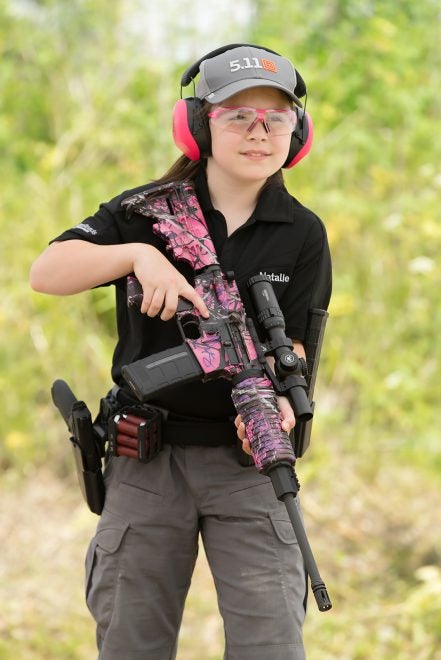Why Such an Emphasis on Smaller and Lighter Guns?
Oleg Volk 08.04.16
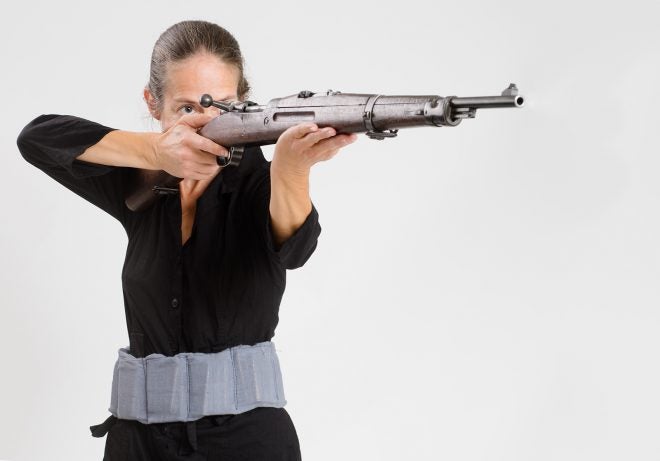
The vz24 rifle above is a shorter, handier Czech version of the canonical Mauser 98. This rifle and many similar to it have been the mainstay of the infantry worldwide from the 1890s until the 1950s. For decades, rifles weighing 7 to 10 pounds were mainstream, and the self-loading replacements like FN49 and SVT40 were as heavy. Even the original intermediate caliber rifles like Stg44 and AK47 were quite ponderous. The weight is even more significant when you consider how much other equipment infantrymen carried and wore. So why, given that American civilian gun users seldom hike far with their guns or carry substantial amount of supplies on their backs, is there such a strong emphasis on lighter weight?
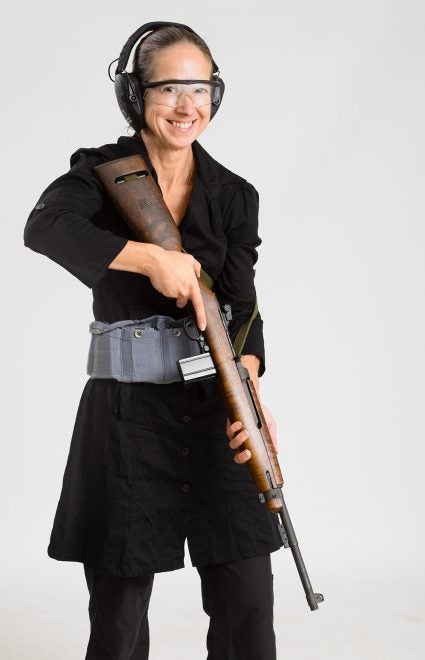
The answer is mainly “demographic change.” A typical infantryman is 17 to 40, male. As the combatants of WW2 scraped the bottoms of their manpower barrels, shorter and lighter bolt actions (like the M44 Mosin carbine) were issued. While the most common gun owner in the US is still male, women are much better represented than before. Similarly, while rural kids used to have access to firearms from fairly early ages, more parents are now taking the time to teach their children safe gun handling. Those parents are more likely to seek arms appropriate to the kids’ size and strength. People live longer now, so those gun owners who have aged into lesser physical fitness want guns that aren’t too heavy. More of the gun-owning population now comes from ethnic groups that aren’t as tall as the European-descendent majority. The Hmong, the Filipinos, and the Koreans definitely benefit from variable length stocks.
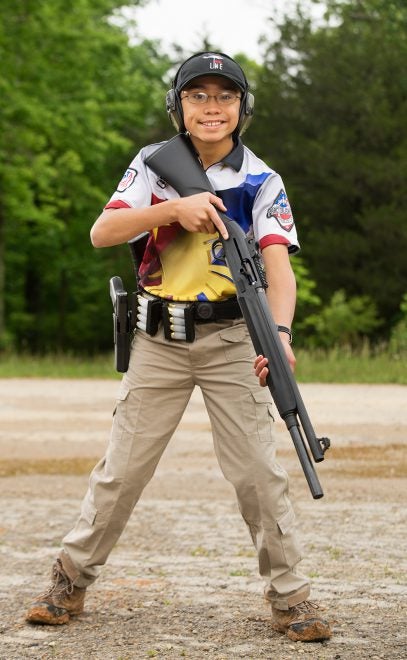
So do the teens, like the nationally famous 3-gun shooter, 10 year old Natalie Gibson. For her, lightweight arms make competitive shooting possible in the first place,
The distances at which combat happens isn’t the same, either. Military weapons were meant to reach out to at least 300 meters, further in case of the older rifles. Civilian self-defense happens almost exclusively at ranges under 20 meters and often in densely populated areas. Under such circumstances, excessive power becomes a legal liability and a physical hindrance. Similarly, it’s very uncommon for a long gun user to go through even ten rounds in a defensive situation, so thick barrels become unnecessary. In government use, the short range niche is shared by short automatic rifles and submachine guns. Being effectively forbidden automatic arms and greatly restricted in physically short weapons, civilian users at least try to reach the preferred weight range.
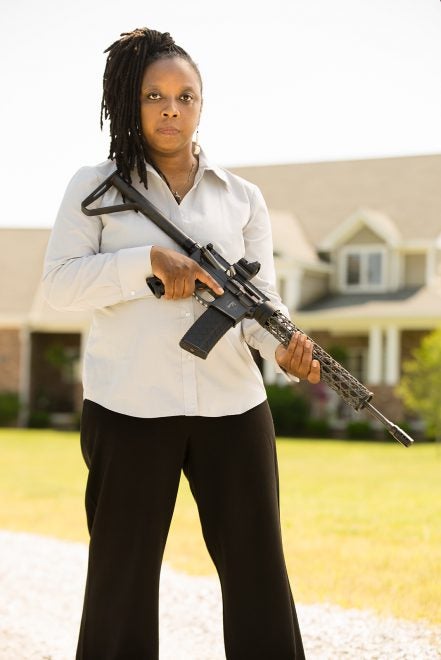
“Why get a light rifle and then hang a ton of crap on it?” The “crap” is usually targeting aids–optical sights and lasers–which are helpful both for the aging eyes of some of the gun owners and for effectiveness in getting accurate shots quickly. Unlike infantry, civilian gun owners can’t just shoot in the general direction of their foes. Lights become helpful in identifying the target before firing. Since our homes have neither trench parapets nor sandbags, it’s not feasible to just rest a heavy weapon for aiming. And since the primary task is often shepherding vulnerable dependents to safety, weapons light enough for one-handed control can be a real plus. In the end, a lightweight rifle might catch up with the military bolt actions in full-up weight, but the comparison is between a well outfitted AR15 and a bare-bones K98 limited by its sights and ergonomics.
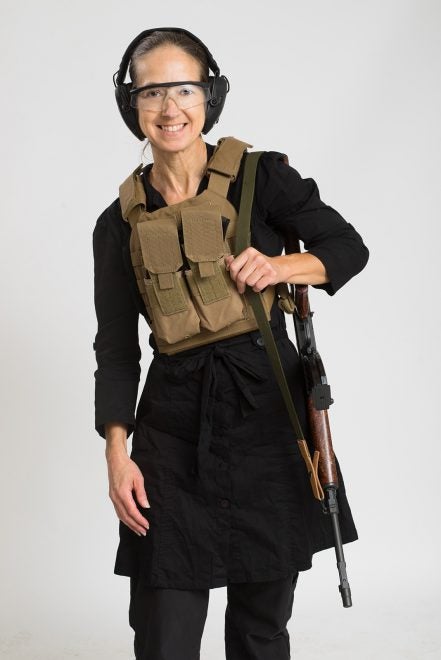
Soldiers of the mid-century seldom wore body armor, digging in instead. American homes, unlike most of the European architecture, are barely proof against .22 rimfire. A 9mm pistol bullet has a good chance of penetrating through an entire suburban frame home. As a result, wearable armor becomes a useful accessory, but rifle-rated armor is heavy. So the trade-off reduces ammunition and weapon weight to fill a previously empty category of protective gear.
In sum, today’s shooters are more diverse than ever before. They may be young, old, handicapped, female, of varied ethnicities. They appreciate accessories for more accurate shooting and for hearing protection (sound suppressors) even if they do add weight, so starting out with a 5-6lb long gun makes eminent sense. Far from sacrificing performance, they usually come out ahead for the narrowly focused tasks, like self-defense or sport shooting.
